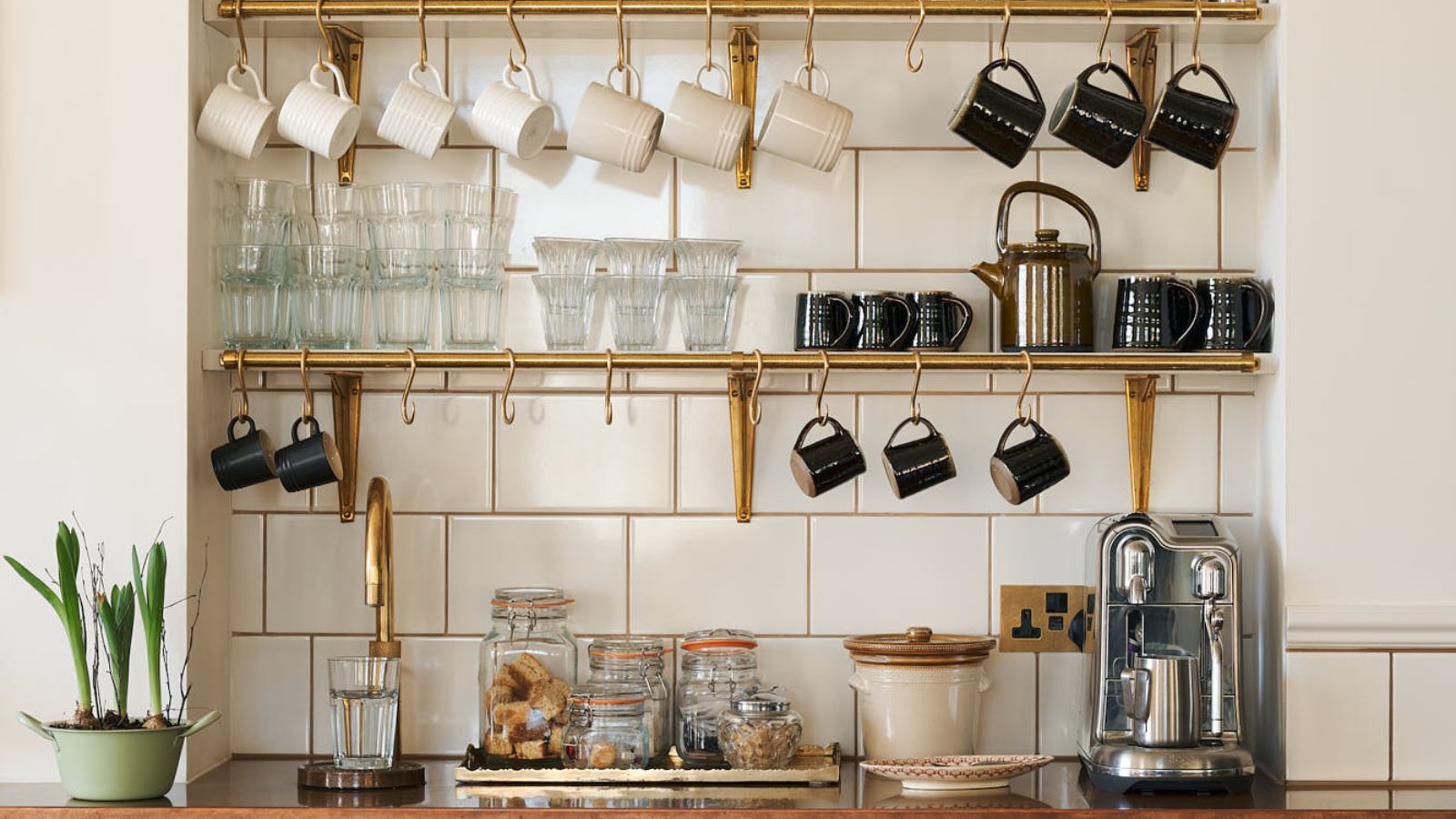Are heat pumps suitable for old homes? We ask the experts
If you're wondering are heat pumps suitable for old homes, the experts say yes – but follow their recommendations for an efficient system
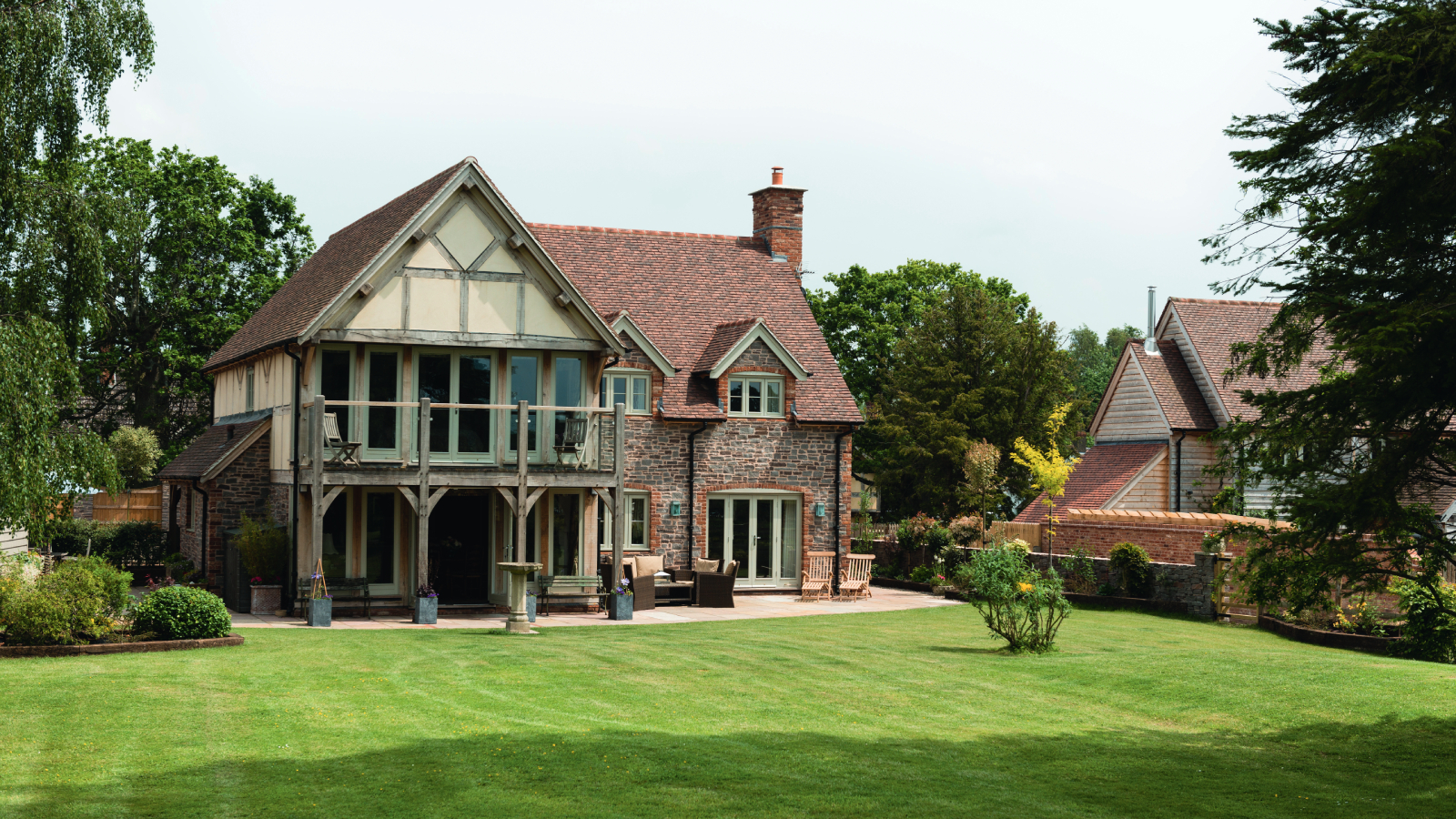
When it comes to knowing how to choose heat pumps, one of the most common messages has been don't choose one if you have an old house. With draughts, lack of insulation and low temperature flow all given as reasons why they don't work with more traditional, radiator heating systems, it's led to the common perception that old houses aren't suitable for heat pumps.
But, speak to the experts and it's not quite as clear cut as the critics suggest.
"The good news is that heat pumps are suitable for nearly every home," says Hamid Salimi, residential product manager at Daikin. "However, to optimise their performance, you can take a few preparatory steps, to enhance your home’s energy efficiency.
"The more energy-efficient your home, the more effective and economical a heat pump will be. Heat pumps are designed to maintain a steady temperature, unlike gas boilers, that provide short bursts of heat."
So how do you improve an older property to make it more suitable? Here's what the experts say.

Hamid Salimi is National Residential Product Manager at Daikin UK. Hamid has worked with Daikin for over 13 years and now covers all aspects of residential renewable heating.
Get a proper heat loss assessment
While new homes are designed with thermal efficiency at their core, "listed and period properties with beautiful, yet rattly and draughty, single-glazed windows, suspended or solid floors with no insulation, and solid walls are a different kettle of fish," says Tom Coles, managing director for Mitchell & Dickinson.
"But, there's a common heat pump myth," says Tom. "When people ask are old homes suitable for heat pumps, the requirements are not really to do with the age of a property, it's about the speed and extent of heat loss.
Bring your dream home to life with expert advice, how to guides and design inspiration. Sign up for our newsletter and get two free tickets to a Homebuilding & Renovating Show near you.
"Old properties are generally more prone to heat loss," he says, "as those that are single glazed will be losing up to 70% of heat in the home through glass, draughts, lofts and floors, so good insulation and improving draught proofing is important to ensure that running costs are minimised and the house stays nice and warm."
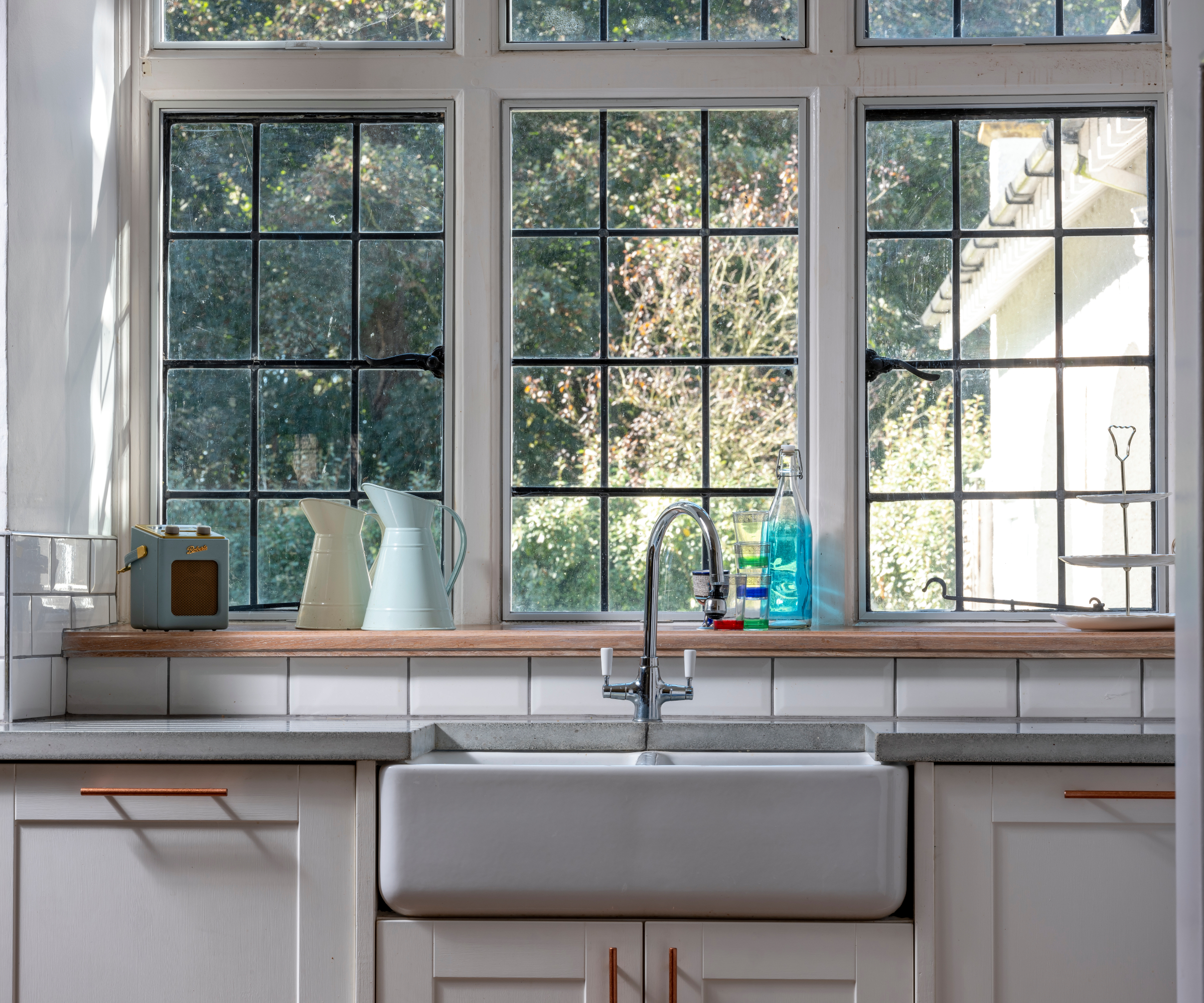
Steve Cole, retrofit coordinator at the Centre for Sustainable Energy (CSE) agrees, noting how Historic England has been fitting heat pumps into heritage buildings since 2015.
"Any building can be heated by a heat pump," says Steve, "but each building is unique and requires a thorough assessment and testing. You can't just rely on a traditional Energy Performance Certificate (EPC) rating as it may underestimate the thermal efficiency of old buildings.
"Instead, heat loss surveys provide a more accurate assessment of a building's energy efficiency," says Steve. "This means you need a competent person to do a room-by-room heat loss calculation survey. This will give you an idea of running costs before you commit and costs around £350.
"These surveys are based on assumptions around the thermal performance of building materials," he explains. "Newer surveys are also available that measure the actual heat loss of a building which could lead to more accurate heat pump sizing.
"Contrary to common assumptions," adds Steve, "heat loss surveys reveal that many old buildings can be surprisingly suitable for heat pumps. Don't let a listed status deter you, but do consider listed building consent ," says Steve, "as you may need to consult with conservation officers about the placement of external units."

Tom has over 18 years’ experience in design and management of complex bespoke projects. He joined Mitchell & Dickinson in 2016 as a Project Manager and rose quickly to undertake surveys, then installation, design and technical surveying. He took on management of the company’s most pioneering and complex projects before taking the reins as Managing Director in 2019.
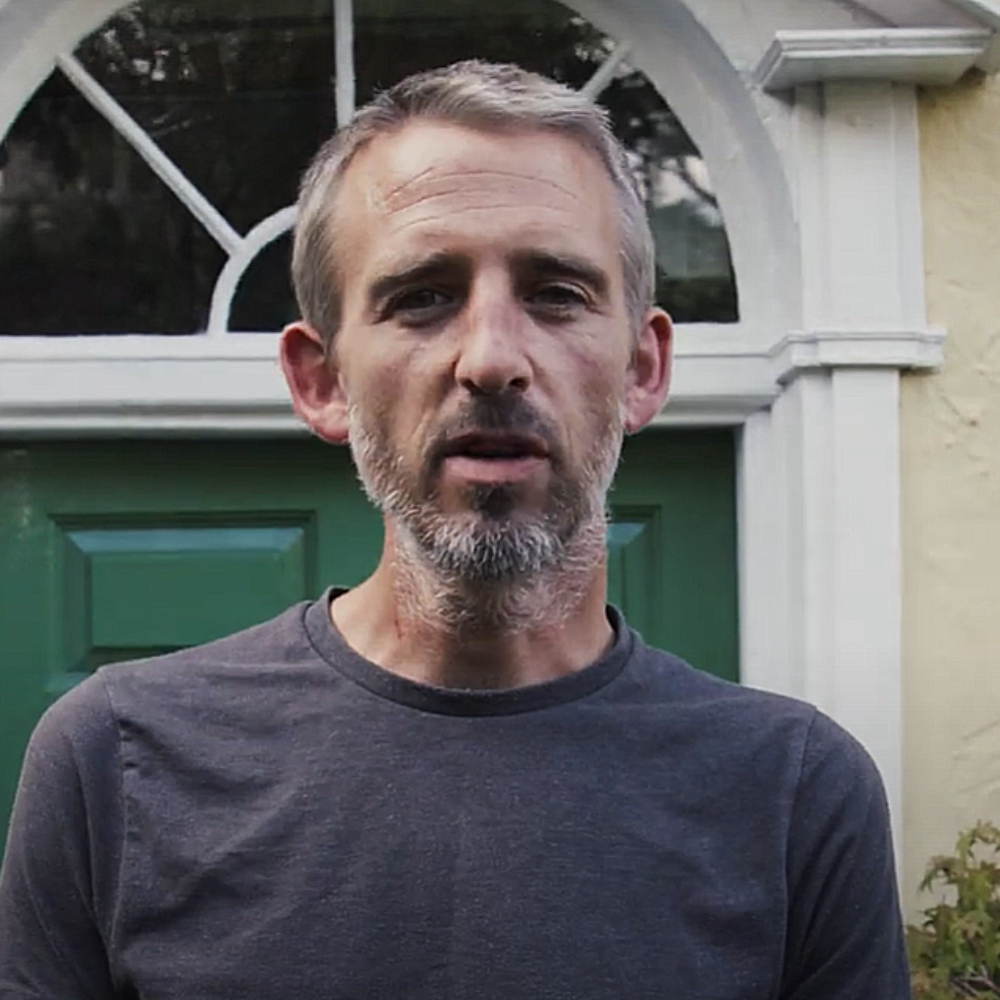
Steve has worked across various domestic retrofit projects and has over 18 years’ experience working in construction in England, Wales, and Ghana. Over the years he has worked at various levels, from labourer to site and project management, for charities, private individuals, and for both private and public companies.
Prioritise home improvements
If your survey or home assessment results in a list of suggested permanent changes, experts say it doesn't always mean they have to be done at the same time. Although making the improvements will naturally reduce your running costs, not making them all at once doesn't mean you can't have a heat pump, or that it won't be efficient.
"Even though making changes will benefit you in the long run, it doesn't mean, for example, that everything must be insulated before installing a heat pump," says Steve Cole. "Insulating floors and insulating stone walls can be very expensive and disruptive, and sometimes it isn’t possible. An assessment may also reveal you need new radiators, but maybe you don’t have the funds to do everything at once.
"In this instance, it could make sense to do basic fabric measures, proceed with installing an air source heat pump and then, for example, add external wall insulation at a later date," says Steve.
However, while adding insulation may be a longer term project, or potentially not even an option, it's important to pay extra attention to insulating windows in older homes, says Tom Coles.
"In houses that are over 200 years old or more and/or are listed or under conservation, you need to make sure you have provided for sufficient improvements to your windows to optimise your fuel costs and warmth," he says. "After all, there’s no point heating your home to see it literally going out of your windows!"
"Old houses lose most of their heat through glass, draughts and roofs, and some from poorly insulated floors and walls," explains Tom, "but the main heat loss problems come from glass and draughts. That’s why if you get a survey done for a heat pump, the installation company needs to measure your windows to work out the heat loss to size the heat pump and radiators required to keep your home warm enough in the colder months.
"After all, insulating your period home is a good idea with or without a heat pump and the cost of both should be worked into your plans over time for comfort, cost and efficiency reasons," he adds.
Even if you aren't able to replace your windows with double glazing, consider window treatments like adding shutters, secondary glazing, or thermal blinds and curtains to single-glazed windows to help improve insulation.
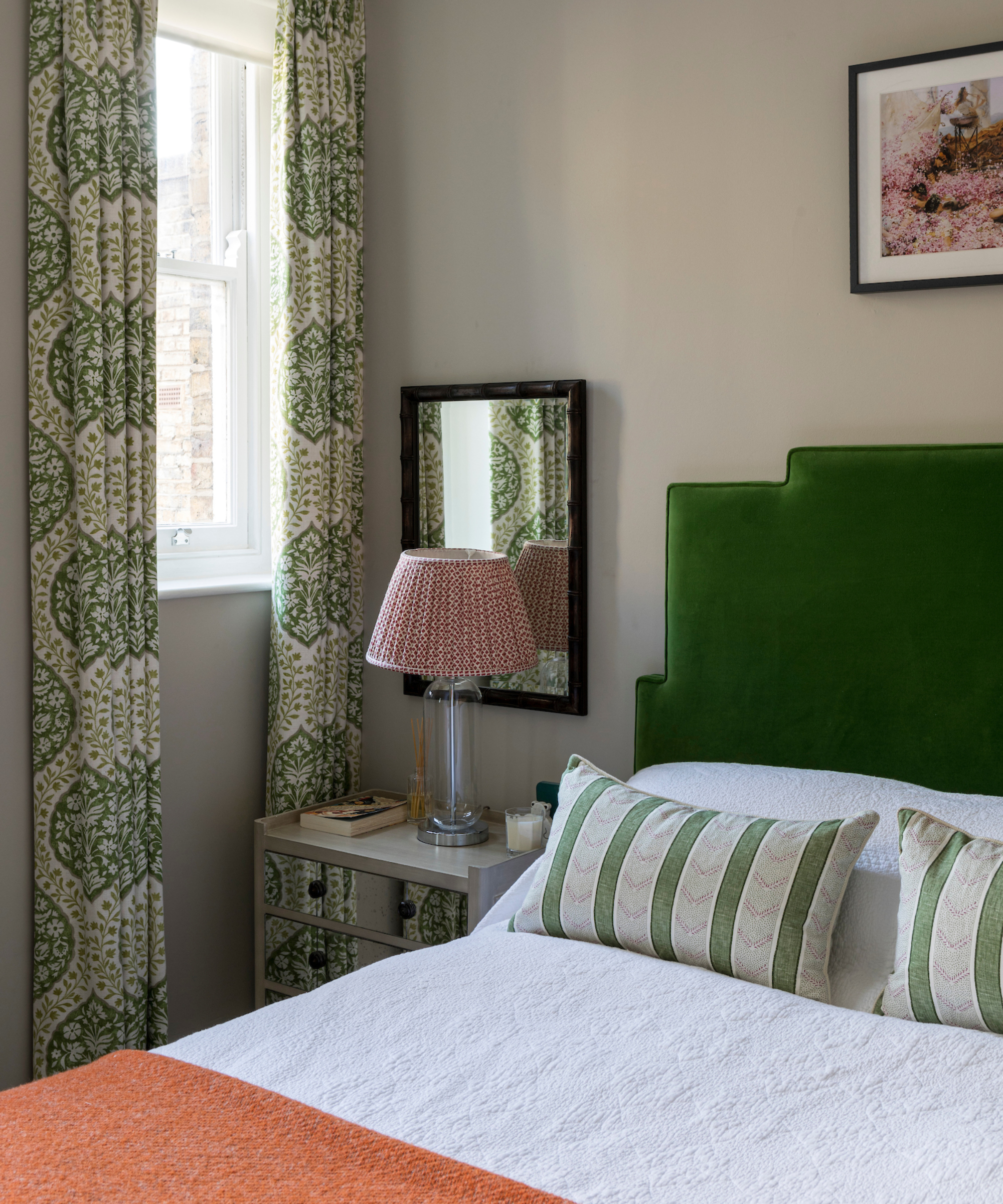
Choose the right radiators
There's a lot of commentary suggesting heat pumps and radiators don't work well together, which has led to the common myth regarding heat pumps being unsuitable for old homes.
However, this isn't always the case say the experts.
"I spent eight years as an installer, working predominantly in period and listed buildings," says Bean Beanland, director for growth & external affairs for the Heat Pump Federation, "and the number of occasions where we had to change all the radiators was zero.
"There were times when we were replacing the whole system because we were re-plumbing the whole house, but if we were just installing a pump, there wasn't one occasion where we had to change all the radiators. Maybe some, but never all," he says.
Why? Because the issue isn't the radiators themselves, it's to do with their overall size and the amount of heat they produce in the room.
"It's important to take radiator sizing into account," says Dan Hopcroft, EDF's Zero Carbon Homes director, as the larger the surface area, the lower the flow temperature required which will also lead to savings."
However, if you can't change your radiators or your overall heat survey reveals the need for a higher temperature supply, there are options.
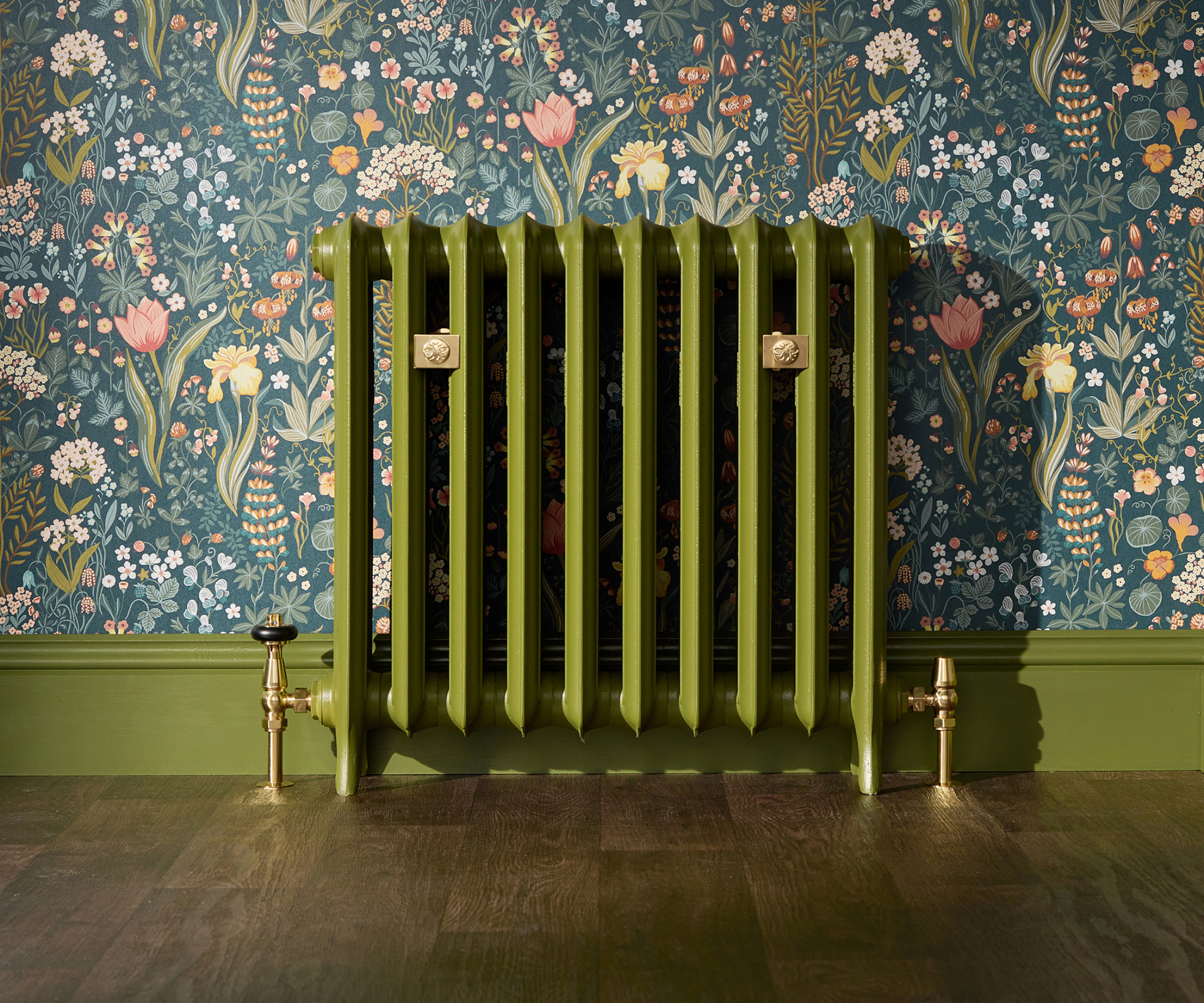

Bean has over 15-years’ experience in the industry, including eight years with an installation contractor, in energy and carbon mitigation and in conceptual technology selection, procurement and the installation of mechanical services and renewable technologies.
Choose the right heat pump
"In older homes with traditional radiators, a high-temperature heat pump may be necessary to maintain warmth, and it will still be much more energy-efficient than a fossil fuel boiler," says Hamid Salimi.
However, don't assume that this means the higher temperature will permanently cost you more in terms of running costs. The pumps can be adjusted, even years down the line.
"If for example, the homeowner says they’re thinking about redecorating those rooms in two years time," explains Bean Beanland, "they may decide to put in the high temperature heat pump now, allow it to run at a high temperature, then in two years time they’ll increase the size of the radiators when they redecorate and that will automatically bring the flow temperatures down, because the heat pumps won't need to run up so high.
"What high temperature units do is allow homeowners to make a conscious decision about whether they need to do that work now, or it they can fit it into the general rolling programme of renovating and redecorating a house."
"A high temperature heat pump doesn’t have to be high all the time," says Bean. "That’s the beauty of a weather compensated heat pump as the flow temperature will only run up to the temperature required to achieve the level of comfort that you've preset."
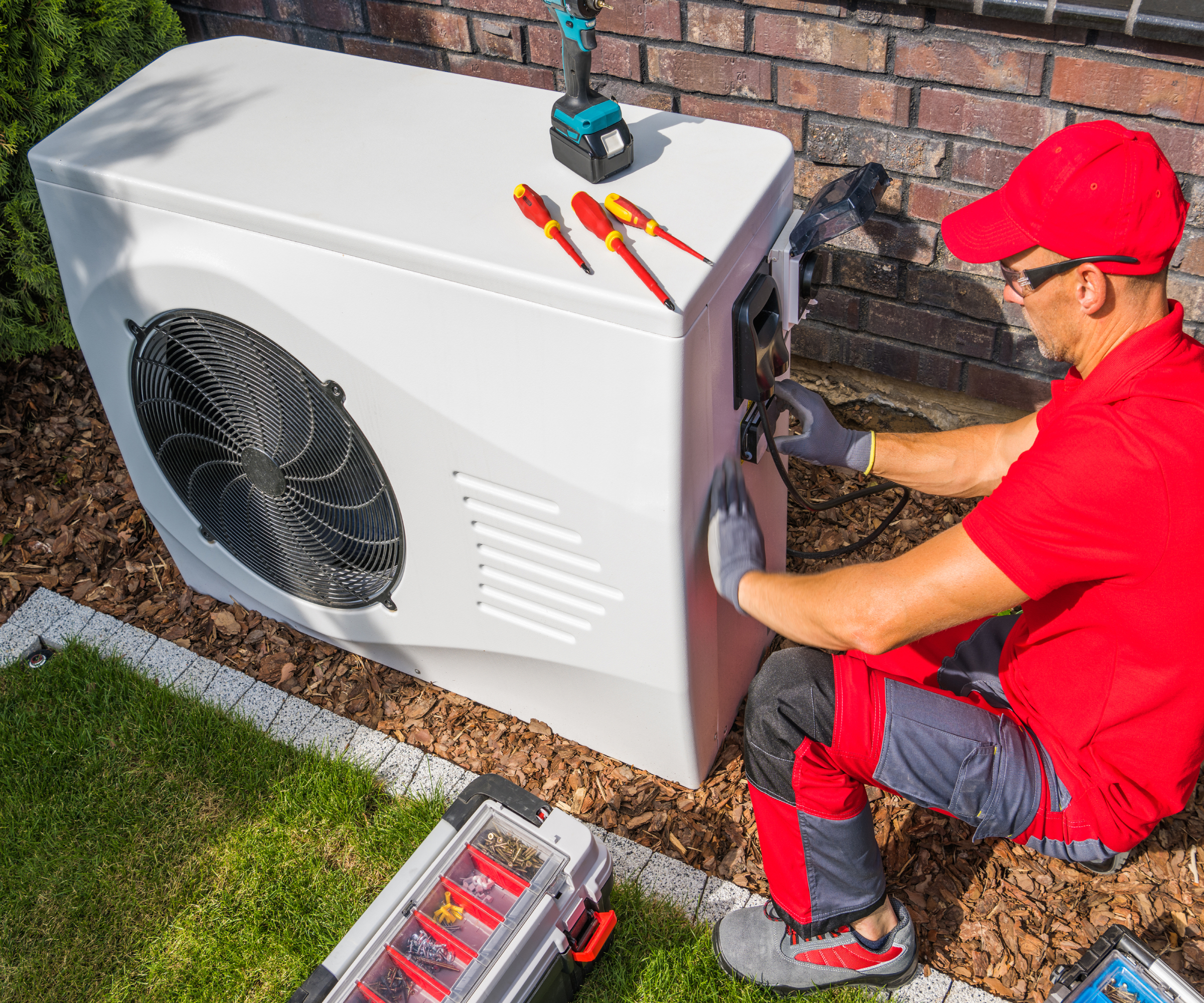
Hybrid heat pumps
Alternatively, if you've weighed up the low vs medium vs high temperature heat pump debate, and are still looking for another solution, "for homes with gas heating and a combi boiler, a hybrid heat pump might be another option," says Hamid.
"A hybrid heat pump combines a gas boiler and a low carbon heat pump, offering a positive change for homeowners looking to transition to more sustainable heating. Another benefit of a hybrid heat pump is that it doesn’t require a tank and can be used with the existing radiators."
However, Bean Beanland is keen to ensure homeowners weigh up the true cost of this versus the benefits of a high temperature version.
"If you switch to a high temperature heat pump which means you no longer need gas, you'll no longer have to pay your gas standing charge," says Bean. "This is significant as if you were to go down a hybrid route, your gas standing charge is the same on a daily basis.
"So if you're now only taking 20% of your energy from the gas grid, because you're running an 80/20 split between your heat pump and your boiler, you're putting all of the standing charge against only 20% of the value, which likely means it's going to come to the point where you have to accept you've made your gas even more expensive than it was before."
As well as the fundamental areas of insulation and draughts, Steve Cole offers another area for consideration.
"Be sure to address any damp issues in your home," advises Steve, "because dampness can increase heat loss, so resolving any moisture problems is important. The same goes for general repairs," he says. "Fix any issues that might be contributing to heat loss."

Sarah is Homebuilding & Renovating’s Assistant Editor and joined the team in 2024. An established homes and interiors writer, Sarah has renovated and extended a number of properties, including a listing building and renovation project that featured on Grand Designs. Although she said she would never buy a listed property again, she has recently purchased a Grade II listed apartment. As it had already been professionally renovated, she has instead set her sights on tackling some changes to improve the building’s energy efficiency, as well as adding some personal touches to the interior.
